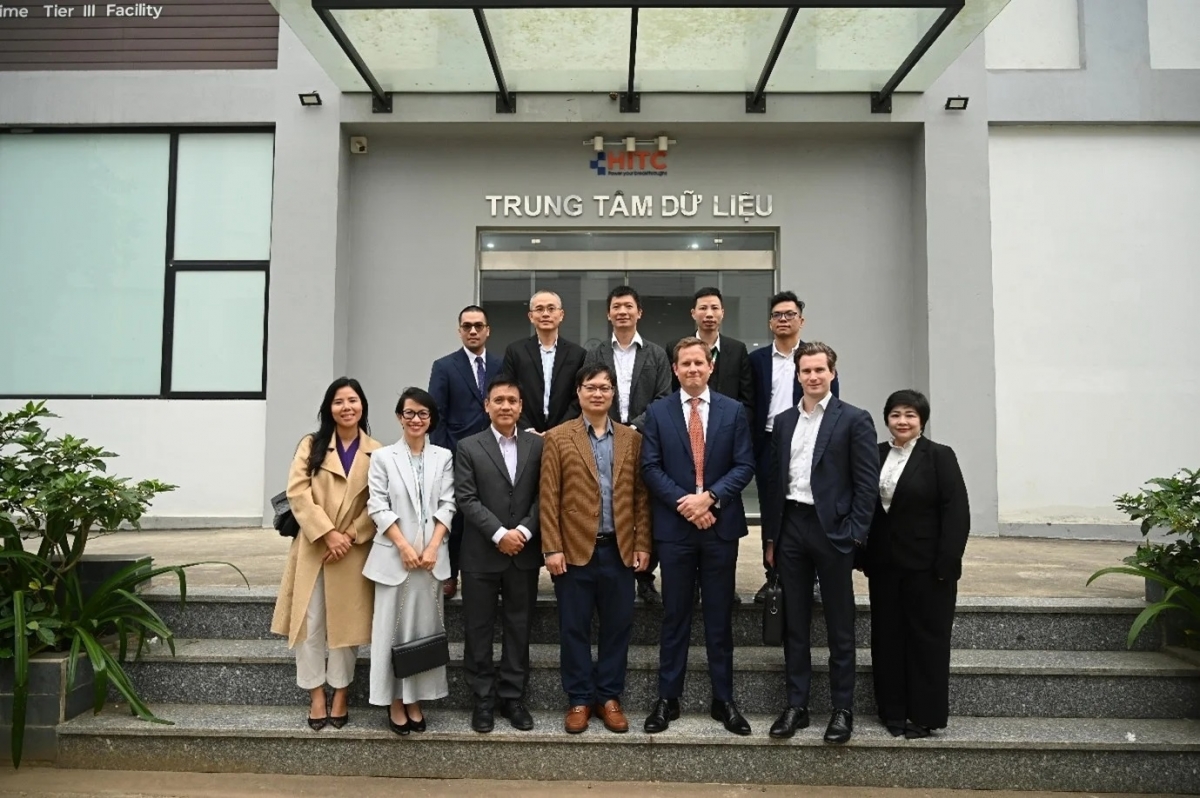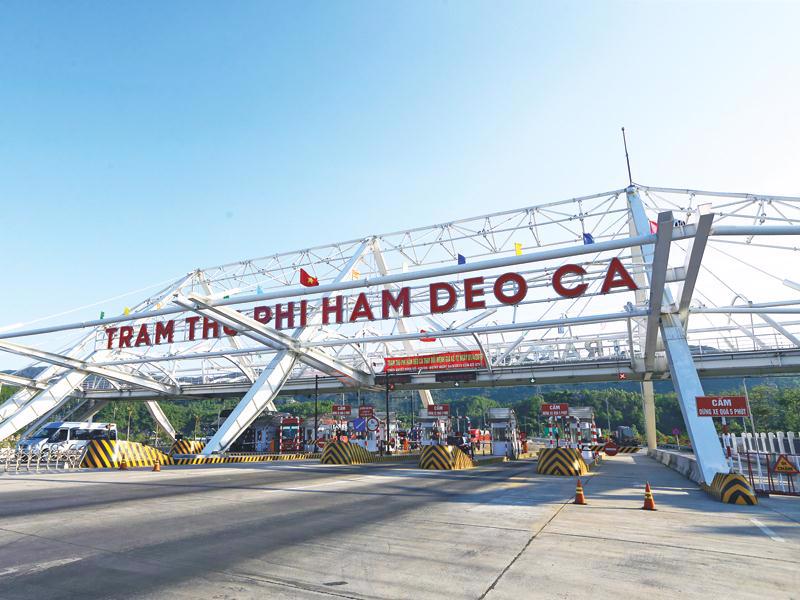INTERNATIONAL INVESTMENT
AND PORTAL
National flag carrier Vietnam Airlines is on the way to making consolidated revenues of around $4.37 billion in 2024, up from $3.88 billion in 2023.
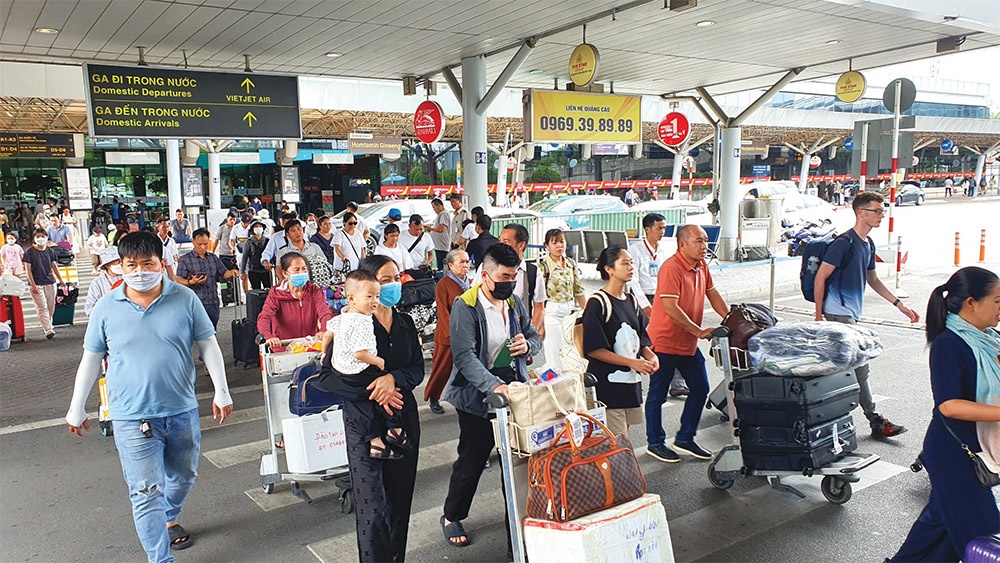 Vietnam Airlines, Vietjet and Bamboo have decent financial expectations for 2024 as a whole, photo Le Toan
Vietnam Airlines, Vietjet and Bamboo have decent financial expectations for 2024 as a whole, photo Le Toan
Dang Ngoc Hoa, chairman of Vietnam Airlines, said, “The company has paid special attention to implementing the restructuring, with comprehensive solutions on restructuring assets, capital sources, investment portfolio, organisational structure, and corporate governance innovation. The main goal is still to reduce remaining losses, moving towards balancing revenue and expenditure.”
Vietnam Airlines is preparing to invest in the narrow-body aircraft and the A321CEO aircraft configuration conversion to improve operational efficiency, and meet market demand consistent with its fleet restructuring. The carrier will also complete preparations for the service complex at Long Thanh International Airport to move to the investment implementation phase.
“To maintain a balanced cash flow, Vietnam Airlines accelerated the divestment process and implemented measures to optimise costs, revenue, and effective financial management. The airline continued to restructure to overcome the consequences of the pandemic and create a foundation for sustainable development,” Hoa said.
The airline expanded its international flight network with new flights to Europe and Asia this year. For instance, it opened new flights from Hanoi and Ho Chi Minh City to Munich in early October. It also opened new routes to Manila and Chengdu, and upgraded wide-body aircraft on routes to India, China, and Singapore.
For the domestic market, it adjusts flight frequencies to meet market demand, maintaining its market share on key routes.
Weathering the storm
The journey to recovery has been similar for other air carriers. For Vietnam’s biggest low-cost carrier Vietjet, expanding the flight network was one of its prioritised strategies in 2024. It now plans to open flights to new destinations in South Asia, Central Asia, Australia, and Europe.
In 2024, Vietjet announced new international routes, including Phu Quoc-Taipei, Ho Chi Minh City-Chengdu, Ho Chi Minh City-Vientiane, and Hanoi to Hiroshima, Sydney, and Melbourne.
In November, it opened a Hanoi-Kuala Lumpur route. This is the airline’s second route connecting Vietnam and Malaysia, after the Ho Chi Minh City-Kuala Lumpur route launched in 2016. With the new route, Vietjet will double the number of flights between Vietnam and Malaysia to 14 trips per week.
The company is also developing its fleet and enhancing operational capacity to serve global flight network expansion. In July, Vietjet and Airbus signed a contract to purchase 20 new-generation wide-body aircraft A330neo with a total value of $7.4 billion. In October, the airline received three new aircraft, and it continued to receive new, environmentally friendly planes in the fourth quarter.
Deputy general director of Vietjet Ho Ngoc Yen Phuong said, “The airline will continue to expand its fleet, with an expected investment of about 200 narrow-body aircraft and 20 wide-body aircraft within five years. In 2024, the airline raised $1 billion to deposit on additional aircraft, with $300 million coming from equity and the rest from market loans.”
For Vietjet, focusing on international flight expansion has proved efficient. In 2023, it recorded revenues of VND62.5 trillion ($2.45 billion), an increase of more than 60 per cent compared to 2022 thanks to the promotion of over 30 international routes.
In the first nine months of 2024, the carrier transported more than 19.6 million passengers on 104,000 flights, up 6 and 2 per cent on-year, respectively; of which more than 2.54 million were international passengers, up 9 per cent on-year. With these improvements, Vietjet has strong confidence to make air transport revenues of over $2.45 billion and consolidated revenues of over $2.73 billion for 2024 as a whole, up 10 and 12.4 per cent on-year, respectively.
Wide-scale comeback
Bamboo Airways is also expanding. From November 26, Bamboo Airways launched a regular direct flight connecting Tan Son Nhat International in Ho Chi Minh City with Don Mueang International in Bangkok, with one round trip a day. The route marks Bamboo Airways’ re-establishment of its international scheduled flight network after a period of only operating domestic routes.
In the first few months of the year, the airway made many new developments, including the addition of three routes from Haiphong to Quy Nhon, Ho Chi Minh City, and Can Tho in May.
After previously having a flight network across Asia, Europe and Australia, Bamboo was forced to stop flying on many routes and reduce the size of its fleet from the third quarter of 2023 due to debt and losses after a period of rapid development, as well as the impact of the pandemic and high fuel prices.
Luong Hoai Nam, CEO of Bamboo Airways, said, “The airline has completed the restructuring of the apparatus, personnel, fleet, flight network, and clearly defining the strategy and business model, moving into a phase of stable operations and return to growth.”
The airline’s fleet restructuring focuses on narrow-body operations with eight Airbus A321/A320. It will increase its fleet to 18 in 2025 if the market develops favourably.
For the flight network restructuring, it is focused on exploiting 11 domestic routes with high market capacity, along with international tourist charter routes.
Restructuring has enabled Bamboo Airways to expect revenues of more than $202 million this year, and after-tax profit possibly being negative by more than $57.5 million. However, considering operational activities (excluding financial factors and restructuring costs), the loss will dip to about $20.8 million.
CEO Nam noted that 2024 might be the last year the company operates at a loss. “Its financial pressures have significantly reduced and there is currently no aircraft leasing debt,” he said. “We can cut losses in 2024, aiming to break even from 2025 and move towards profitability in the following years. Within three years, the company will re-list its shares on the stock exchange.”
Nam added that in the next 5-10 years, Bamboo Airways needs to continue to focus on realistic goals to optimise operational efficiency. With more aircraft, it will return to the international market, with regular flights connecting to Southeast Asian countries, Northeast Asian countries and others, starting with the flights to Thailand.
The number of global passengers is forecast to recover fully in 2024 as equal as 2019, but Asia-Pacific needs more time, especially Northeast Asia, according to senior aviation expert Tuan Nguyen.
“Macro risks and airport infrastructure overload remain looming, and the global engine recall by engine manufacturer Pratt & Whitney has also caused a shortage of aircraft, affecting operations,” Nguyen said.
Domestically, Vietnam’s economy is expected to grow steadily, with the domestic aviation market expecting to grow by 6-8 per cent. This is the basis for airlines to continue setting a target of reducing the remaining losses and aiming to balance revenue and expenditure.
“The results show that restructuring proves effective at Vietnamese airlines. However, there are still many difficulties in development,” Nguyen added. “The average incomes of the Vietnamese people is still low, even when compared to the Southeast Asian region, and purchasing power in the market is not high. Competition in the domestic aviation market is strong, although there are not many operating airlines. The price ceiling mechanism causes many restrictions for airlines.”
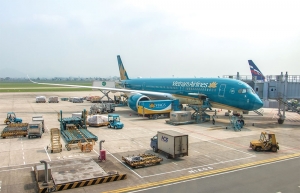 Potential still out of reach for aviation enterprises
Potential still out of reach for aviation enterprises
Vietnam’s airport network is currently being expanded and upgraded in order to better meet international standards on the ability to receive aircraft and in many other criteria.
 Many risks remain for aviation recovery
Many risks remain for aviation recovery
With growth momentum in 2023, Vietnam’s aviation industry is expected to gain lift off in 2024 amid challenges and potential risks. Dinh Viet Thang, director of the Civil Aviation Authority of Vietnam, spoke with VIR’s Bich Thuy about the recovery path in the year ahead.
 Momentum created for aviation industry
Momentum created for aviation industry
The increasing demand for aircraft components in the context of leading global aircraft manufacturers consistently facing order backlogs opens up opportunities for Vietnamese businesses to participate more deeply in the supply chain.
